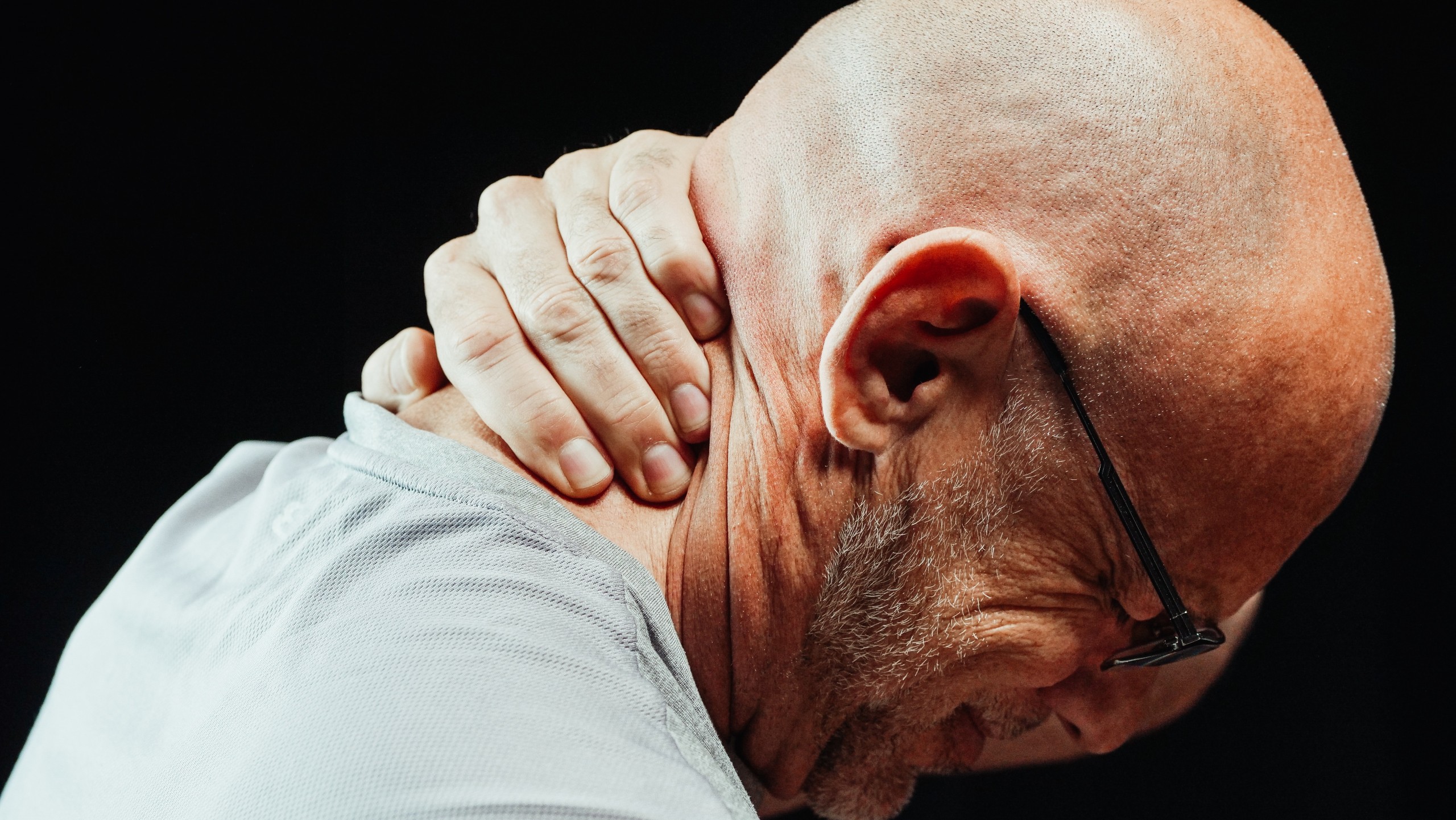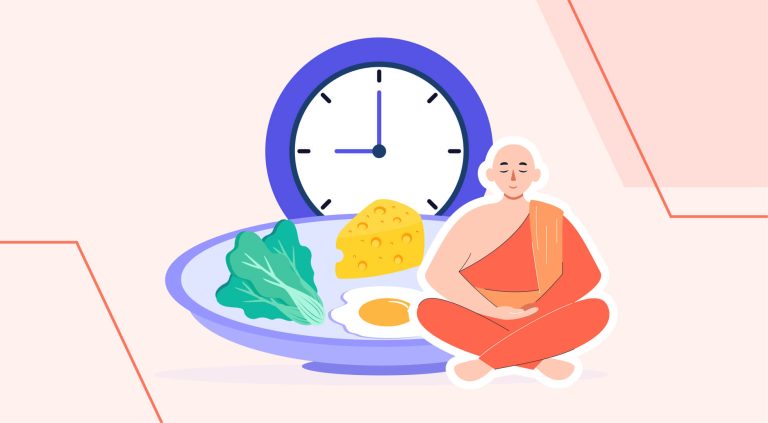Are you tired of living with chronic pain? Do you want to explore holistic approaches to pain management that alleviate your discomfort and promote overall well-being? You’re in the right place. This article explores holistic pain management, simplifying the concept and offering valuable insights to assist you in achieving a pain-free life.
What is Holistic Pain Management?
Holistic pain management is an approach that considers the whole person—mind, body, and spirit—when addressing pain. Rather than solely concentrating on alleviating symptoms, holistic pain management aims to pinpoint and tackle the underlying sources of pain, resulting in lasting relief and an enhanced quality of life.
The Mind-Body Connection
One of the fundamental principles of holistic pain management is understanding the intricate connection between the mind and body. Our emotions, stress, and mental state can greatly influence pain perception. By addressing these aspects, holistic approaches aim to provide comprehensive relief.
Holistic Pain Management Techniques
Let’s explore some holistic pain management techniques that can empower you to take control of your pain and regain a sense of balance in your life.
- Acupuncture: Nurturing Balance
Acupuncture, an age-old Chinese therapeutic practice, includes the insertion of fine needles into particular body points to activate the flow of energy. It’s a highly effective method for managing various types of pain, from chronic back pain to migraines.
- Yoga and Tai Chi: Movement as Medicine
Engaging in gentle, mindful movements like yoga and Tai Chi can improve flexibility, reduce muscle tension, and promote relaxation. These practices are excellent choices for managing pain while enhancing overall well-being.

- Herbal Remedies: Nature’s Healing Touch
Herbs like turmeric, ginger, and lavender have been used centuries to alleviate pain and inflammation. Integrating these natural remedies into your everyday schedule can provide comforting relief.
- Meditation and Mindfulness: Calming the Storm
Mindfulness meditation techniques help you stay in the present moment, reducing anxiety and stress. A calm mind can significantly decrease the perception of pain.
- Chiropractic Care: Aligning for Comfort
Chiropractic adjustments have the potential to rectify spinal misalignments, diminishing discomfort and enhancing mobility. This hands-on approach particularly benefits those with chronic neck and back issues.
The Role of Nutrition
- Anti-Inflammatory Diet: Eating for Healing
Certain foods like fatty fish, berries, and leafy greens possess anti-inflammatory properties. Adopting an anti-inflammatory diet can aid in reducing pain caused by inflammation.
- Hydration: Water, the Elixir of Life
Adequate hydration is frequently underestimated, yet it plays a crucial role in preserving joint health and minimizing discomfort. Aim to drink an adequate amount of water daily.
Holistic Approaches to Mental Well-being
- Cognitive Behavioral Therapy (CBT): Rewiring Your Brain
CBT is a powerful tool for managing chronic pain by altering negative thought patterns and behaviors. It equips you with coping strategies to navigate life’s challenges.
- Art and Music Therapy: Healing Through Expression
Engaging in creative pursuits like painting, drawing, or playing a musical instrument can provide an emotional outlet and reduce pain perception.
Holistic Lifestyle Choices
- Sleep and Rest: Recharge Your Body
Quality sleep is essential for pain management. Create a bedtime routine that promotes restful sleep and consider meditation or relaxation exercises to improve sleep quality.
- Exercise and Physical Activity: Keep Moving
Regular exercise releases endorphins, the body’s natural painkillers, and strengthens muscles, alleviating pain in the long run.
Conclusion: A Holistic Path to Pain Relief
Incorporating holistic approaches to pain management into your life can lead to a profound transformation. You can find lasting relief and overall well-being by addressing not only the physical symptoms but also the emotional and mental aspects of pain. Remember that pain management is a journey; these holistic techniques offer you a path to a healthier, pain-free life.
FAQs About Holistic Pain Management
- Can holistic pain management completely replace medication?
Holistic pain management can be highly effective but may not always replace medication. It often works with medical treatments to provide a more comprehensive approach to pain relief.
- How long does it take to see results with holistic pain management?
The timeframe for experiencing relief through holistic methods differs from individual to individual. Some individuals may observe enhancements within a few weeks, whereas for others, achieving substantial results may necessitate several months of consistent application.
- Are holistic pain management techniques safe for everyone?
Most holistic approaches are safe for the general population. Still, it’s essential to consult with a healthcare professional before starting any new pain management regimen, especially if you have underlying medical conditions.
- Can I combine different holistic techniques for pain management?
Absolutely! Combining various holistic techniques, such as acupuncture, meditation, and an anti-inflammatory diet, can enhance the effectiveness of pain management and provide a well-rounded approach to healing.
- Is holistic pain management a long-term solution?
Holistic pain management is designed to be a long-term solution. Addressing the root causes of pain and promoting overall well-being aims to provide lasting relief and improve your quality of life in the long run.
Now that you have a comprehensive understanding of holistic approaches to pain management take the first step toward a pain-free life by exploring these natural and effective methods. Remember, your journey to wellness begins with a holistic approach that nurtures your mind, body, and spirit.











+ There are no comments
Add yours